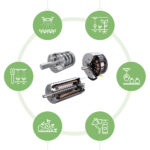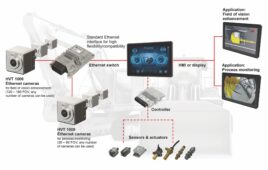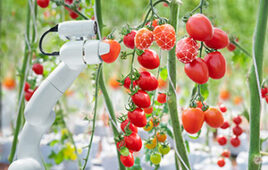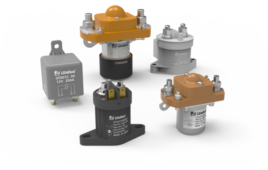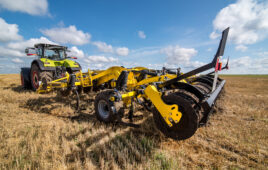Automating the agricultural industry presents many challenges due to the wide-ranging locations and the need for solutions to be cost-effective and maintainable. We’ve successfully upgraded existing systems using PLC, HMI, networking, and automation products.
By Vinny Endres • Bitmasked Automation
A family farm or dairy can be an interesting place for a kid to grow up. In this environment, I learned to work on mechanical aspects of vehicles and equipment. More interesting was tackling electrical and controls projects; eventually I mastered the use of industrial programmable logic controllers or PLCs. By the time I left the family farming operation to attend college, I took a systems integration role by founding Bitmasked Automation.
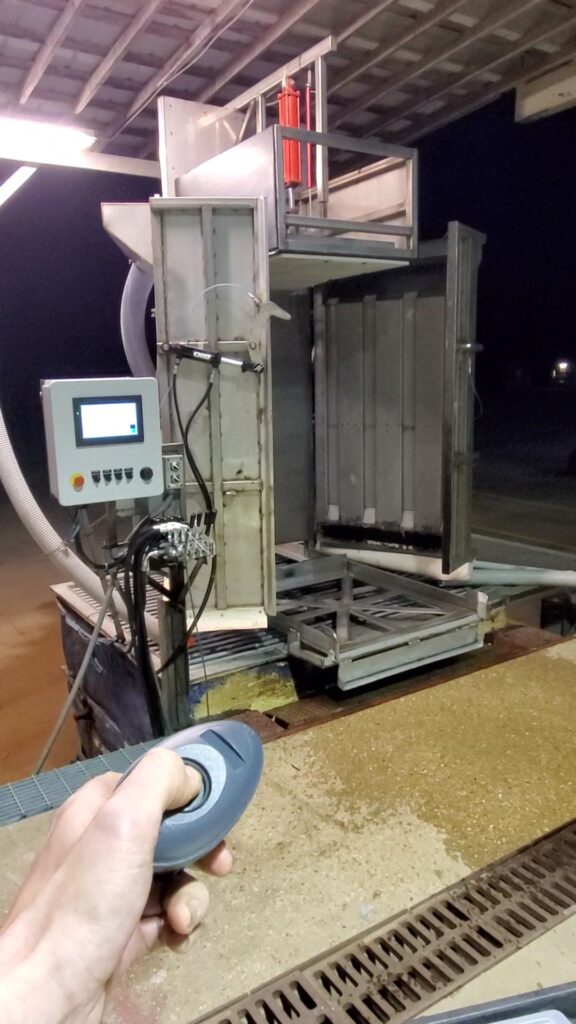
Bitmasked specializes in performing automation technology revamps on systems such as this hydraulically operated equipment to close clamshell doors around broccoli totes. Then the machine fills the tote with slush ice to remove “field heat” and cool the produce — thereby preserving the harvest for transport. New automation systems on such equipment greatly increase its reliability and performance — giving farmers new ways to optimize and maintain operations. Image courtesy of Bitmasked Automation
Agriculture in recent decades has increasingly relied on automation to improve safety, production, and quality. Regardless of the final product, there are countless growers, processors, and transporters that directly use automated equipment … or indirectly rely on support and utility systems. My on-the-job education provided background into what such end users need and how evolving technologies could help develop and support automated systems.
Manageable modernization of agriculture
Agricultural end users operate a lot of different equipment spread over multiple sites and remote locations. This includes tractors and harvesters as well as packaging and processing equipment along with other support and utility systems. While these users typically can’t afford to have full-time engineering or technical personnel on staff, they would like to take advantage of automation advancements. New equipment sometimes comes with modernized controls, but most equipment is existing, and often it makes sense to perform an automation system retrofit.
Existing systems typically use limited or outdated automation, such as hardwired relays, specialized electronics, or sometimes older PLCs or smart relays. These can become problematic to service, and lack the ability to provide modern conveniences, especially remote connectivity. Agricultural end users are eager to upgrade these systems and leverage:
- Efficient automation functionality.
- Local touchscreen visualization.
- Remote access for monitoring and adjustments.
- Proactive notification of trouble (email notifications and text messages).
- High reliability so production avoids bottlenecks, especially during the critical peak processing times of seasonal products.
- Ready access to easily replaced spare components.
These needs have provided great demand for SIs able to apply new technologies to specialized equipment.
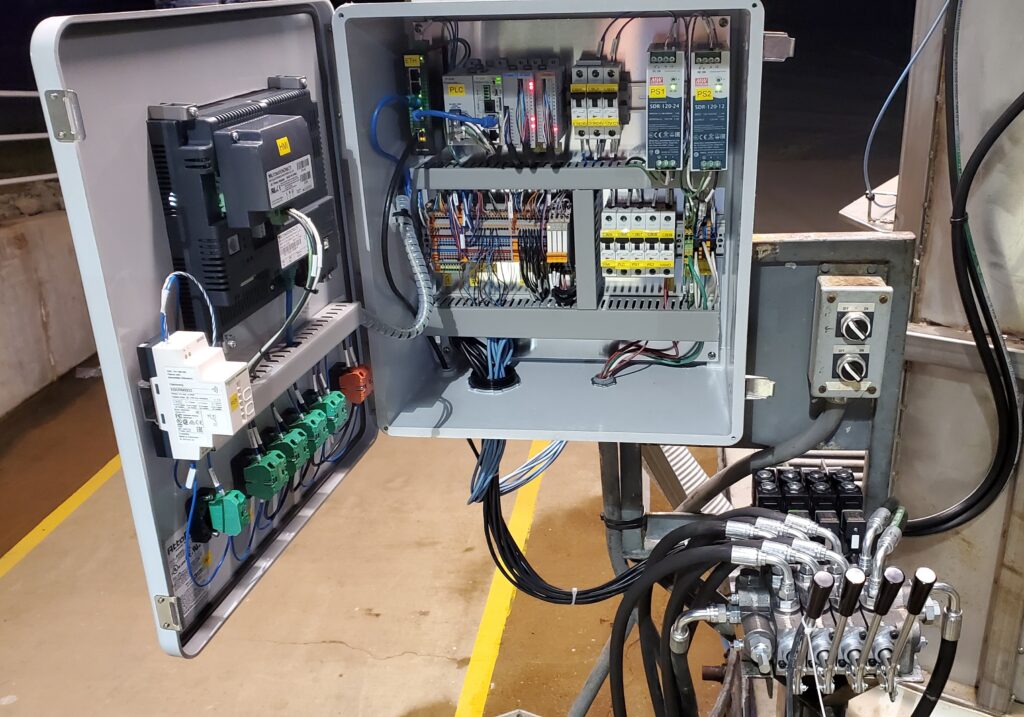
Bitmasked has standardized on AutomationDirect Productivity Series PLCs and C-more HMIs as well as BRX PLCs and StrideLinx networking/VPN/software solutions — along with many control-panel accessories. Image courtesy of Bitmasked Automation
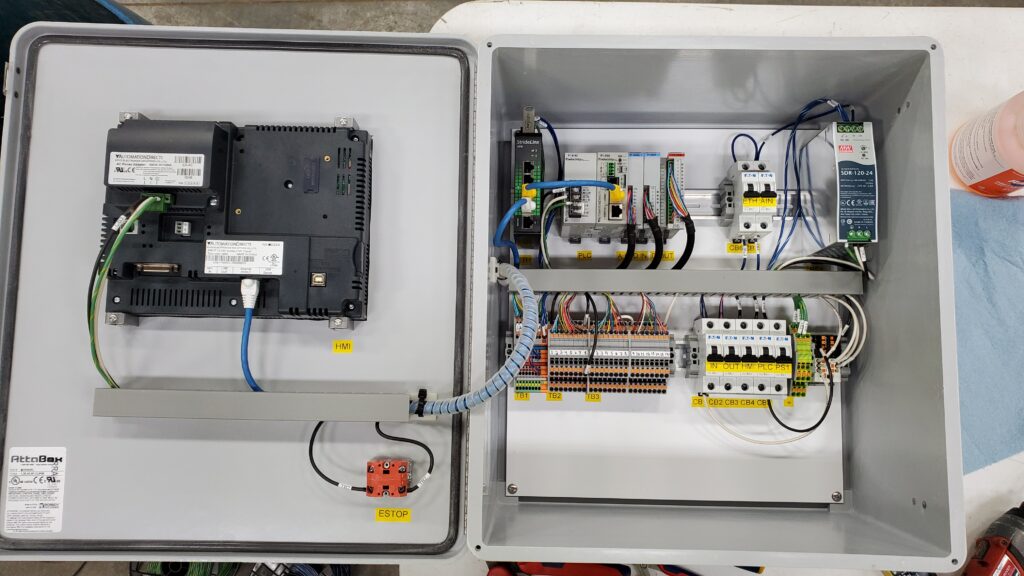
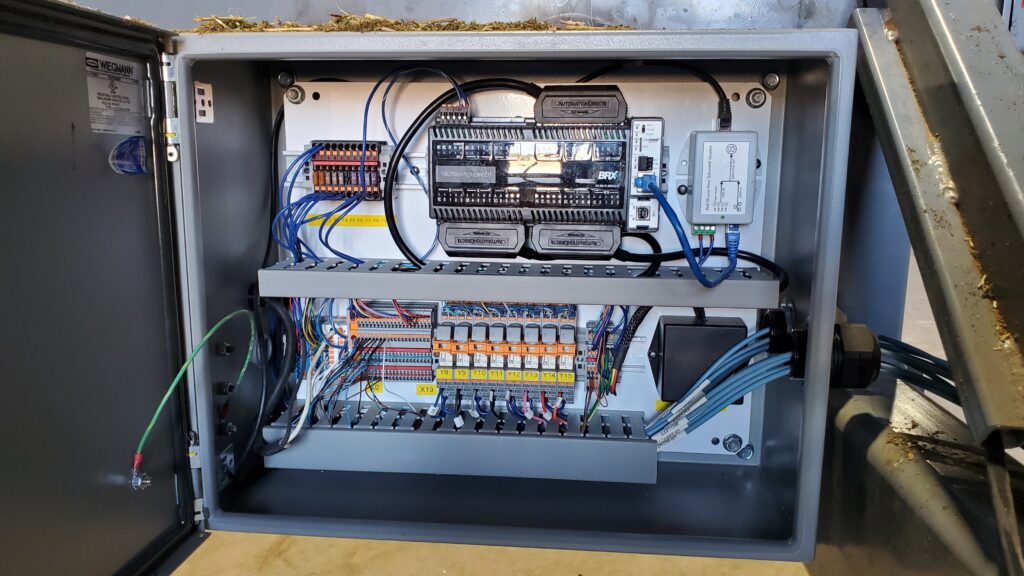
Automation options abound for pragmatic controls
When I started out with repairing and automating equipment on the family farm, AutomationDirect was my go-to resource. Their barrier to entry is very low, from both a technical and a financial standpoint. Products are easily selected online, and much of the software is free or low-cost. Almost everything conceivable needed to create a control panel is available and quickly shipped. The documentation is comprehensive, and it’s backed up by countless online videos, along with web-based or phone support options, all at no additional cost.
Project after project, year over year, I developed a solid track record using these products. The hardware is robust enough to withstand challenging field conditions, and basic functionality is more than adequate. In addition, advanced features boost development efficiency efficient and functionality.
- User defined structures (UDS) are flexible data formats that make it easy to organize and replicate the associated PLC logic and HMI graphics.
- MQTT has become the industry standard for transmitting IIoT data from the field to supervisory computing resources, either onsite or in the cloud.
- The product family also includes StrideLinx cloud VPN and IIoT platforms, which I use to implement simple, yet powerful, cybersecure remote connectivity.
Standardizing on this portfolio of products has helped us reliably and rapidly create control panels, with a high degree of confidence that we could get parts in a timely manner, while creating designs with a compact footprint usable for new and retrofit projects.
Automating produce-icing equipment
A given automation specialty for Bitmasked has been the upgrading of existing icemaking equipment. Modern farming relies on the ability to cool product to temperatures around 40°F for preservation as it’s transported for processing and market. There are many means and methods for doing this, depending on the environment and the product, and certain applications need large quantities of ice to perform the task.
The principles of mechanized ice production were established in the 1800s. One of the innovators was George Frick, whose name became a brand of refrigeration equipment, but there are many others. While there have been countless mechanical and automation improvements over the years, a significant quantity of older equipment remains in service. Unfortunately, these legacy systems often need considerable attention to operate and maintain, and they may lack adjustability to optimize operation in relation to outdoor temperature, water supply temperature, and other conditions. In some cases, manufacturer support becomes hard to obtain, or impossible when suppliers go out of business.
Bitmasked has re-automated many of these icemaking machines. We preserve the existing functionality and add to it wherever possible. Some examples of improvements are incorporating user adjustability for freeze time and temperature settings, and even providing automatic/dynamic adjustment in some cases. Automating single machines is straightforward, but the greatest efficiencies are achieved with multiple interconnected machines which must be precisely synchronized to ensure efficient refrigeration system performance. In both cases, strategies such as PLC-enabled lookup tables improve operation, and we give users the flexibility to tune properly to create the fastest cycles with the most yield. For example, adding adjustments for how much to unload the compressor(s) and when to do so before pressure demand it can help gain extra seconds that add up to significant production efficiencies.
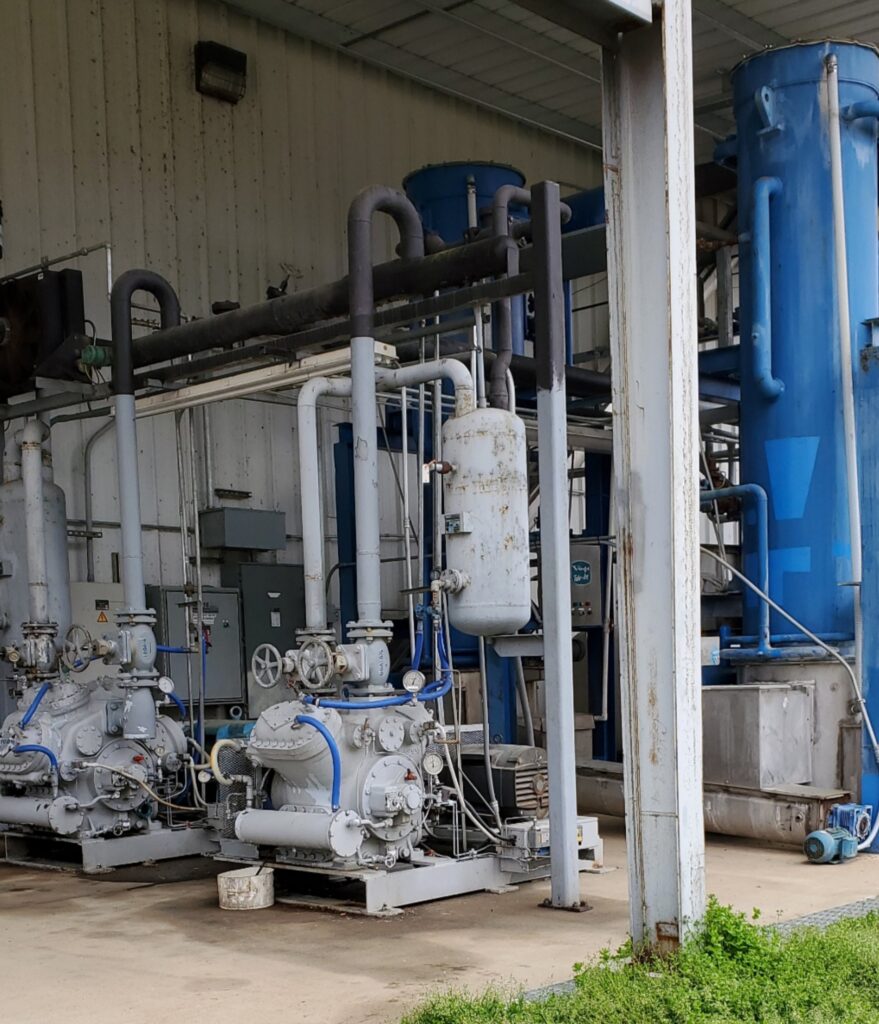
Bitmasked used an AutomationDirect PLC, HMI, and networking components to automate this ice production equipment. The retrofit boosted performance and imparted modern communications including web-data dashboards supported by MQTT. Image courtesy of Bitmasked Automation
A typical system uses an AutomationDirect Productivity 1000 PLC, 10-in. C-more HMI, and a StrideLinx VPN router. The control-panel designs use various AutomationDirect parts available online so we can adapt to project needs while maintaining high performance standards and consistency. The PLC offers powerful arrays and nested UDS to support control strategies, along with comprehensive data handling and remote data publishing via MQTT. The HMI is easily configured, provides clear visualization for operators, and is remotely accessible if desired. The StrideLinx IIoT cloud service (connected over the internet or a cellular connection) enables ongoing operational support from Bitmasked, offered as a subscription service.
 Considering that the 40 tons of ice some machines produce per day can retail for $5,000, performance-improving retrofits quickly yield full ROI. That’s especially true where cooling-room alarming features are added.
Considering that the 40 tons of ice some machines produce per day can retail for $5,000, performance-improving retrofits quickly yield full ROI. That’s especially true where cooling-room alarming features are added.
About the author: Vinny Endres, founder of Milwaukee-based Bitmasked Automation, has worked in automation and technical support for many different agricultural and dairy organizations. At Bitmasked, Endres applies his experience to develop and program high-performance automation solutions.
You may also like:
Filed Under: Off highway • construction • agriculture





